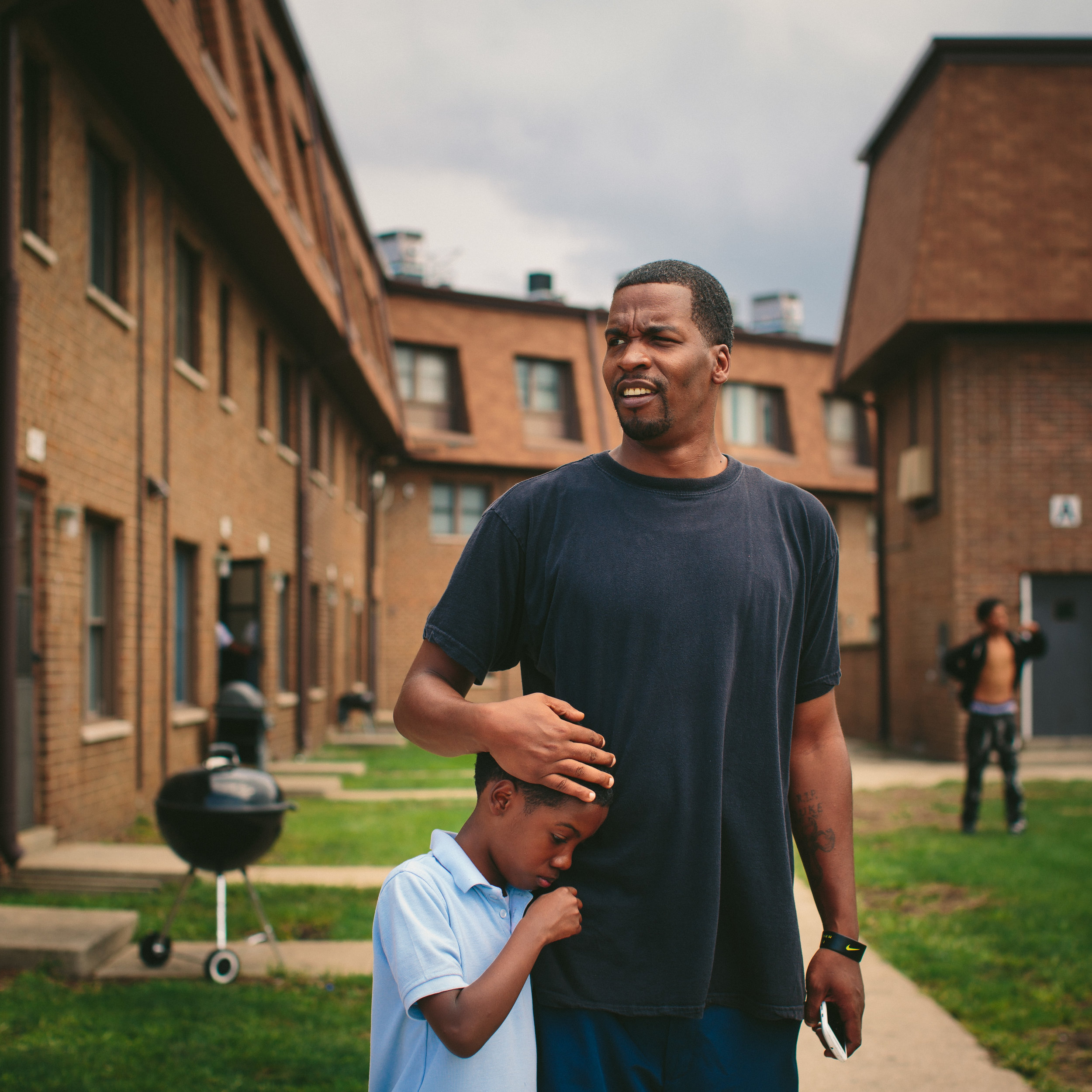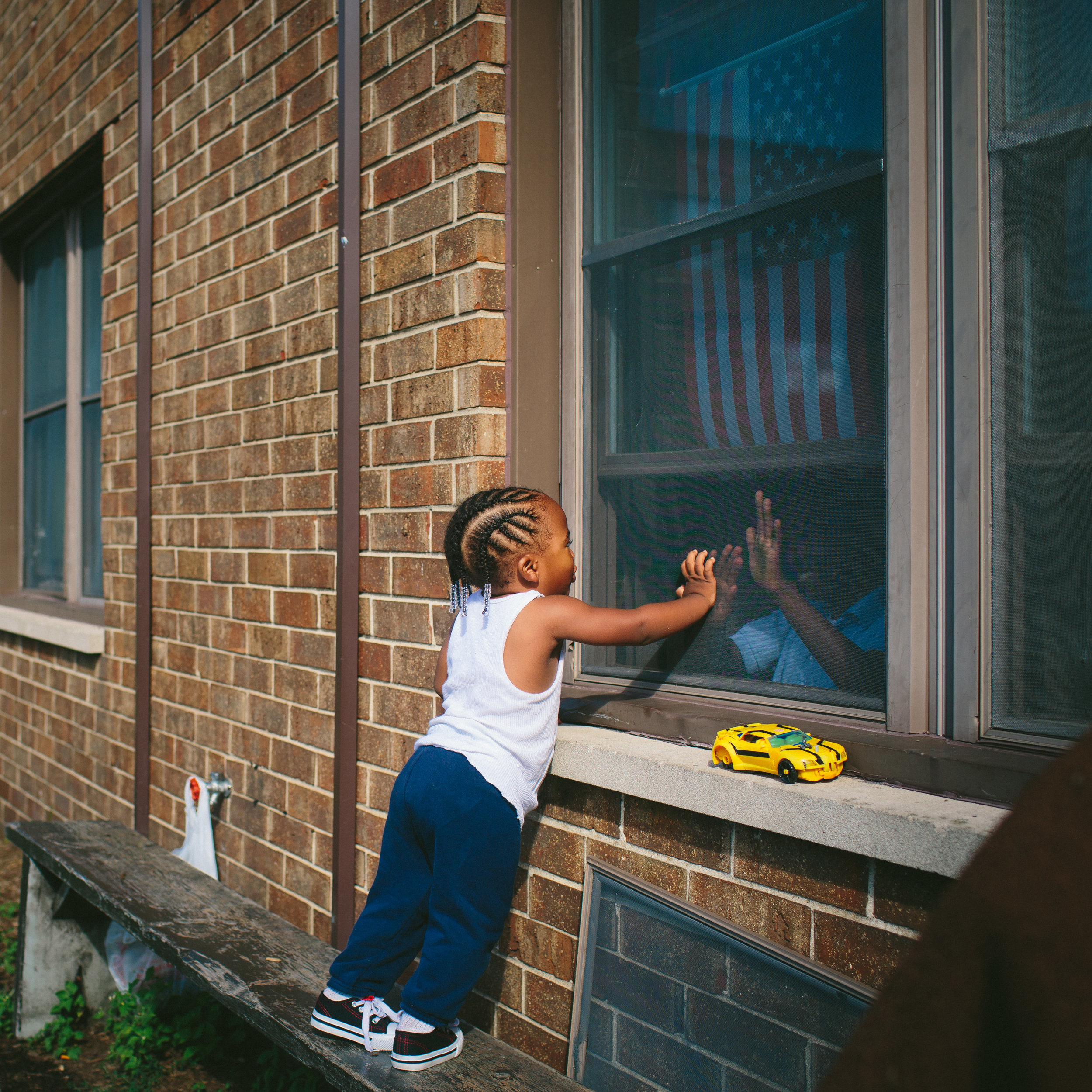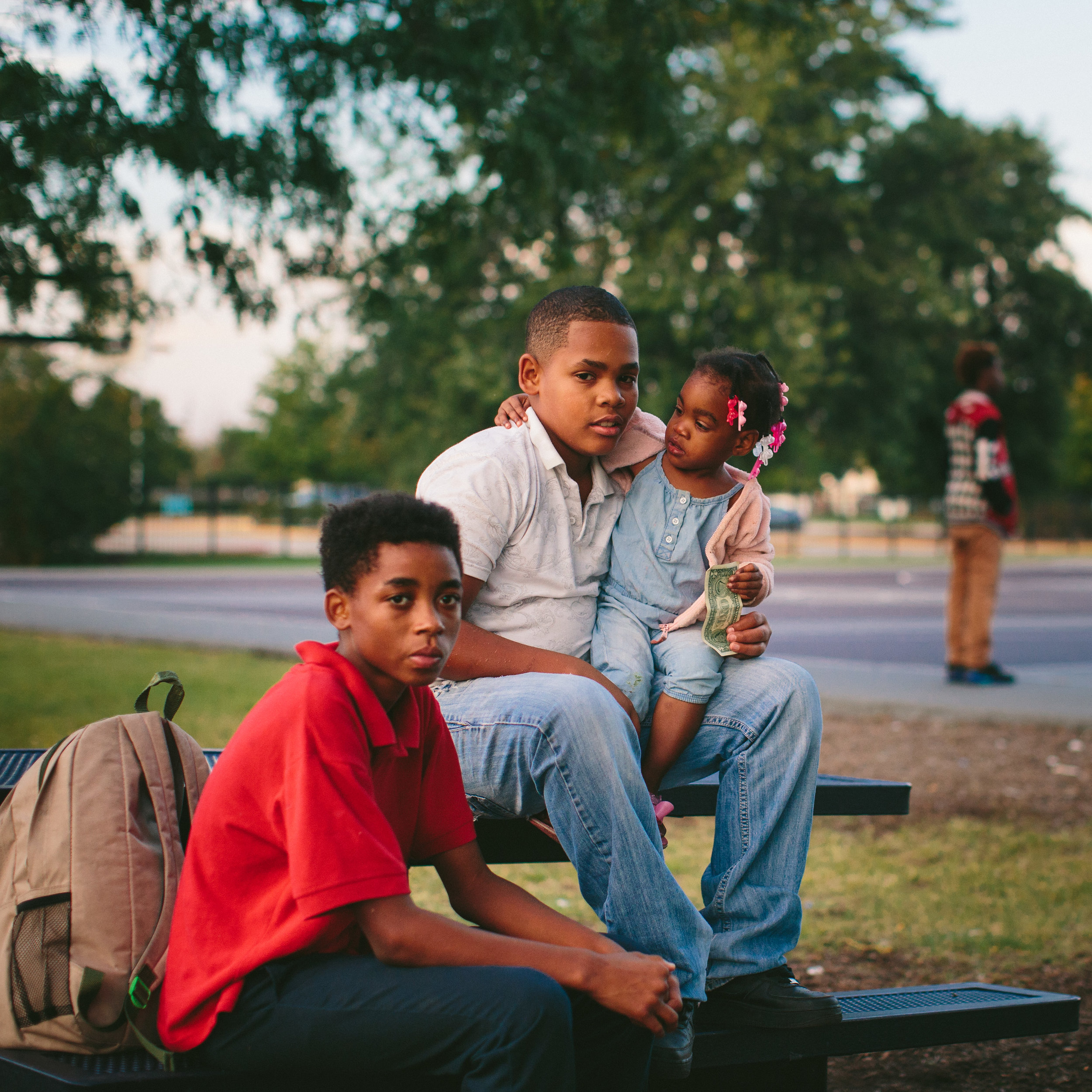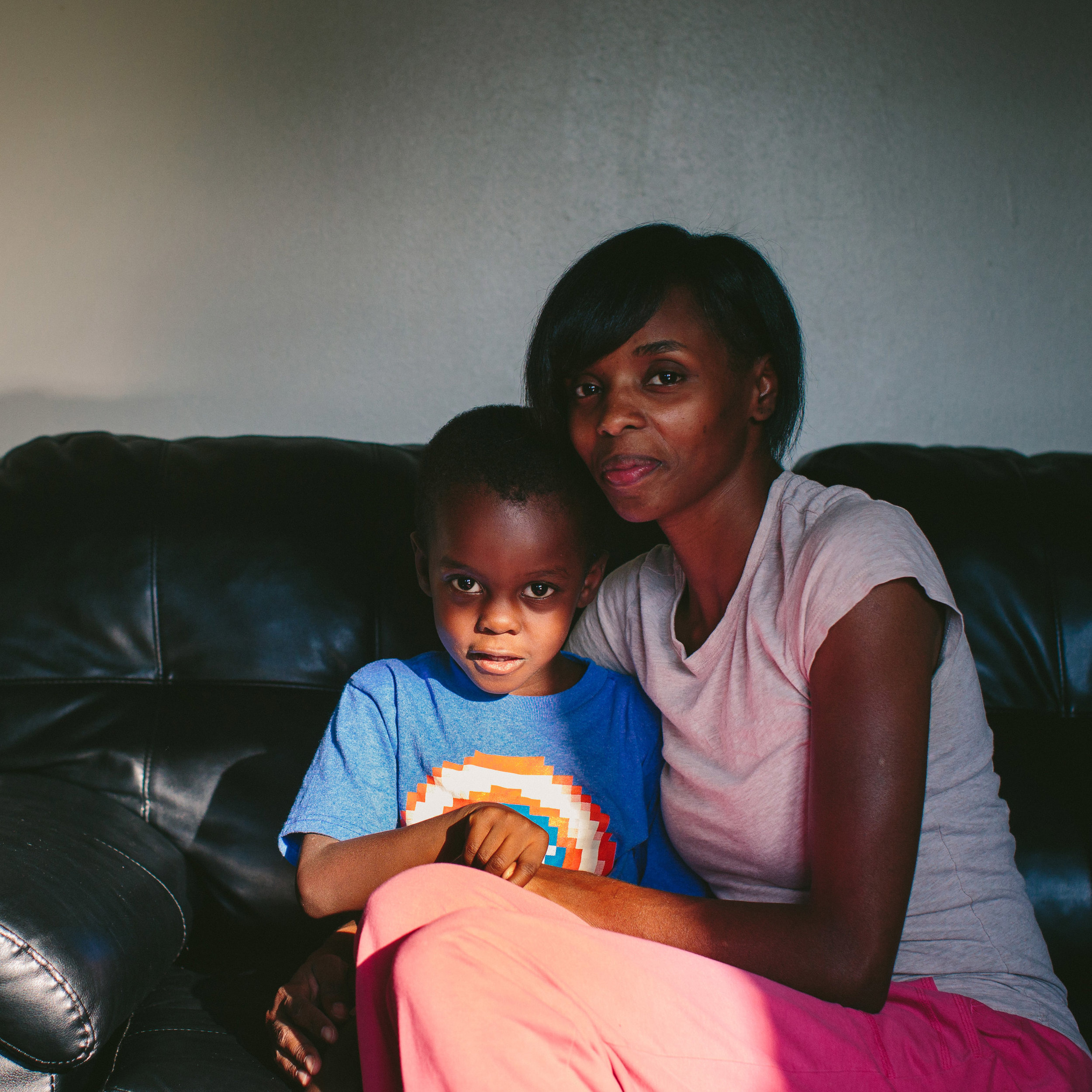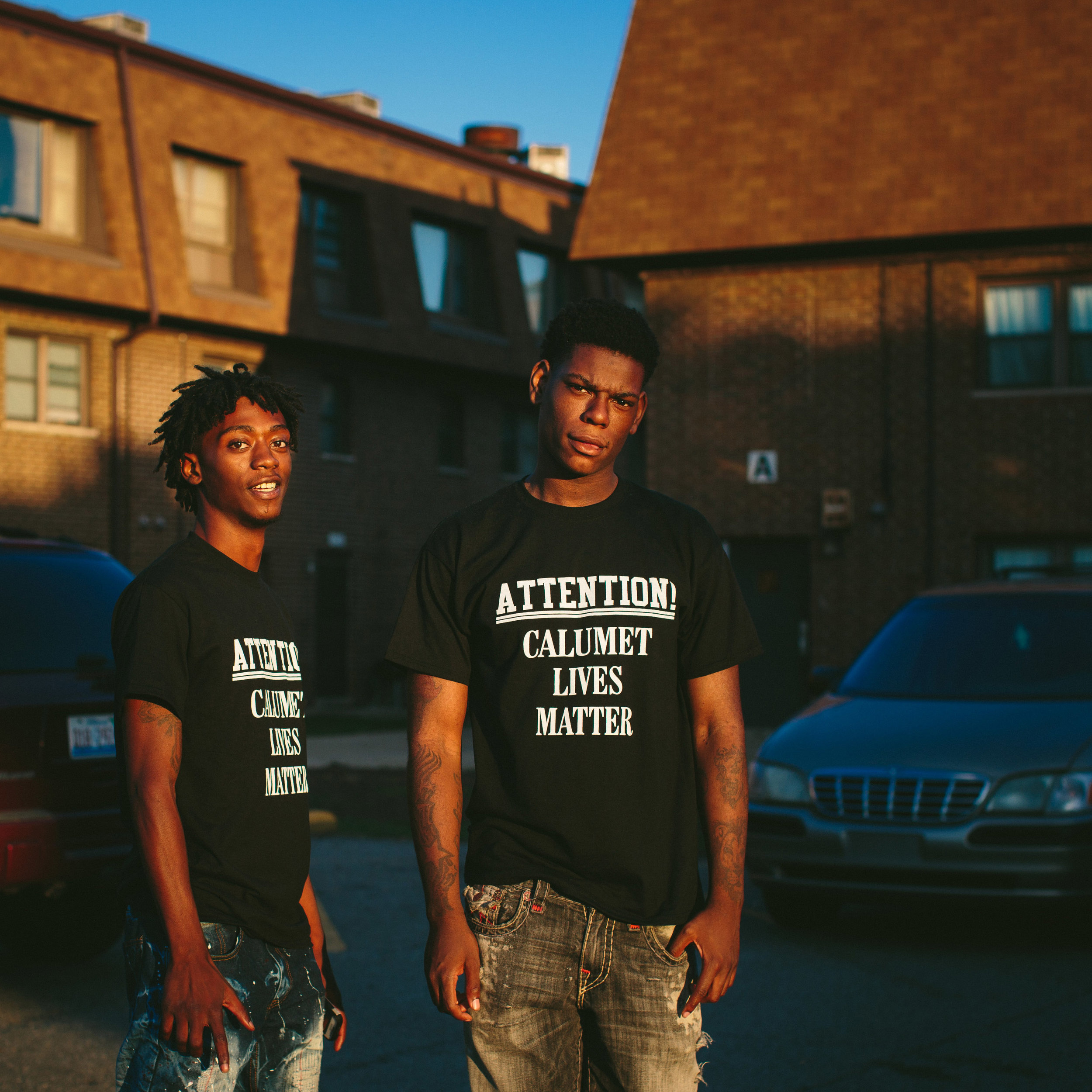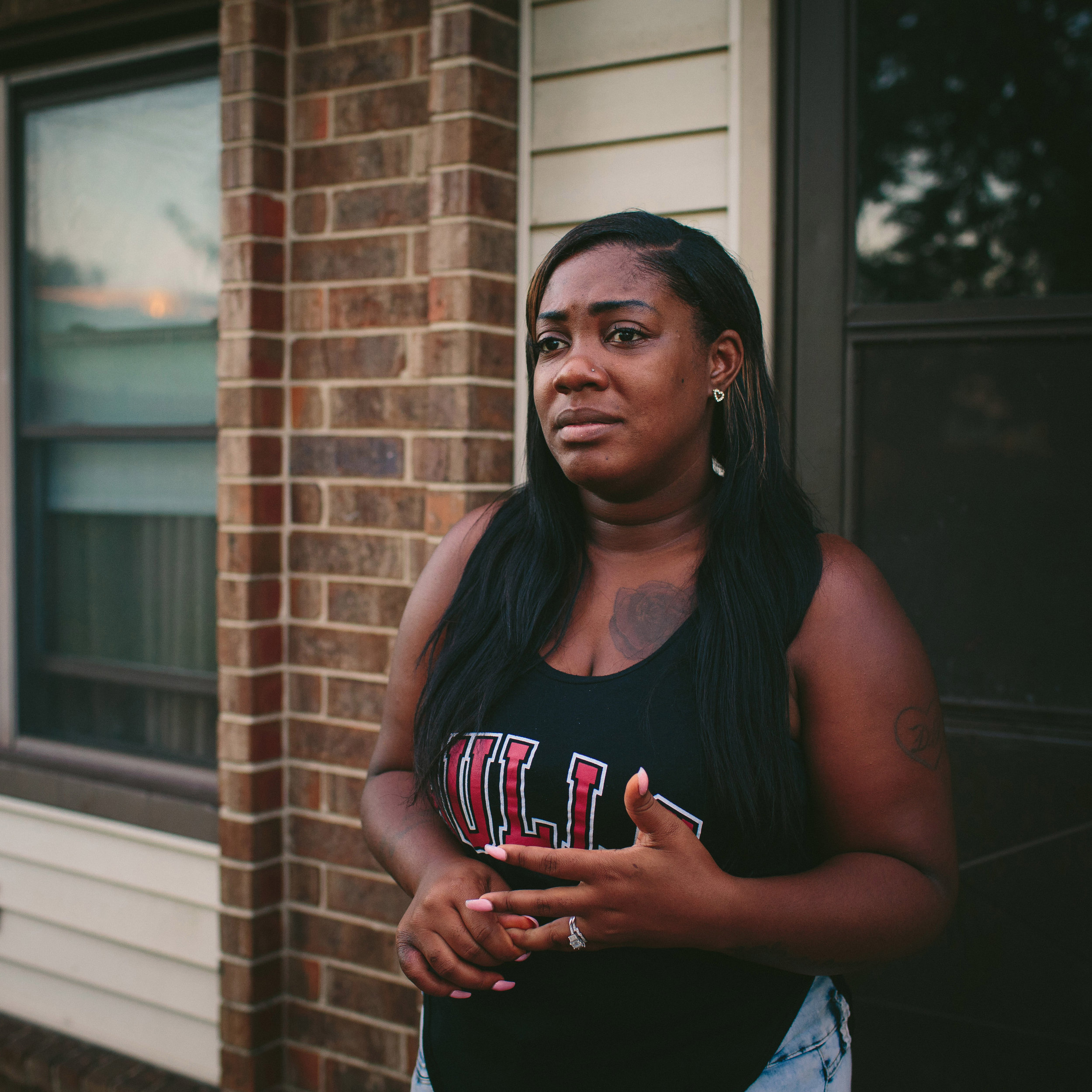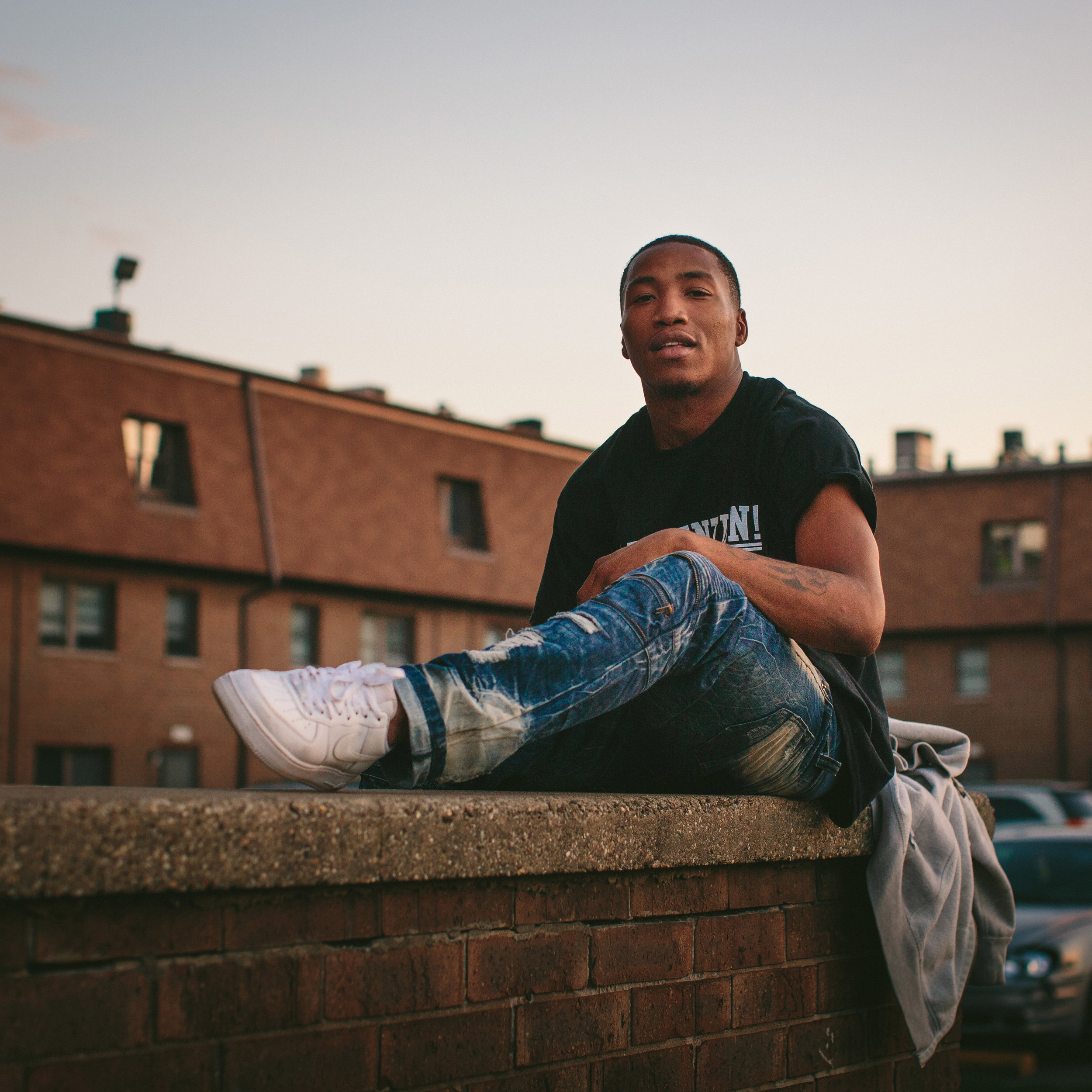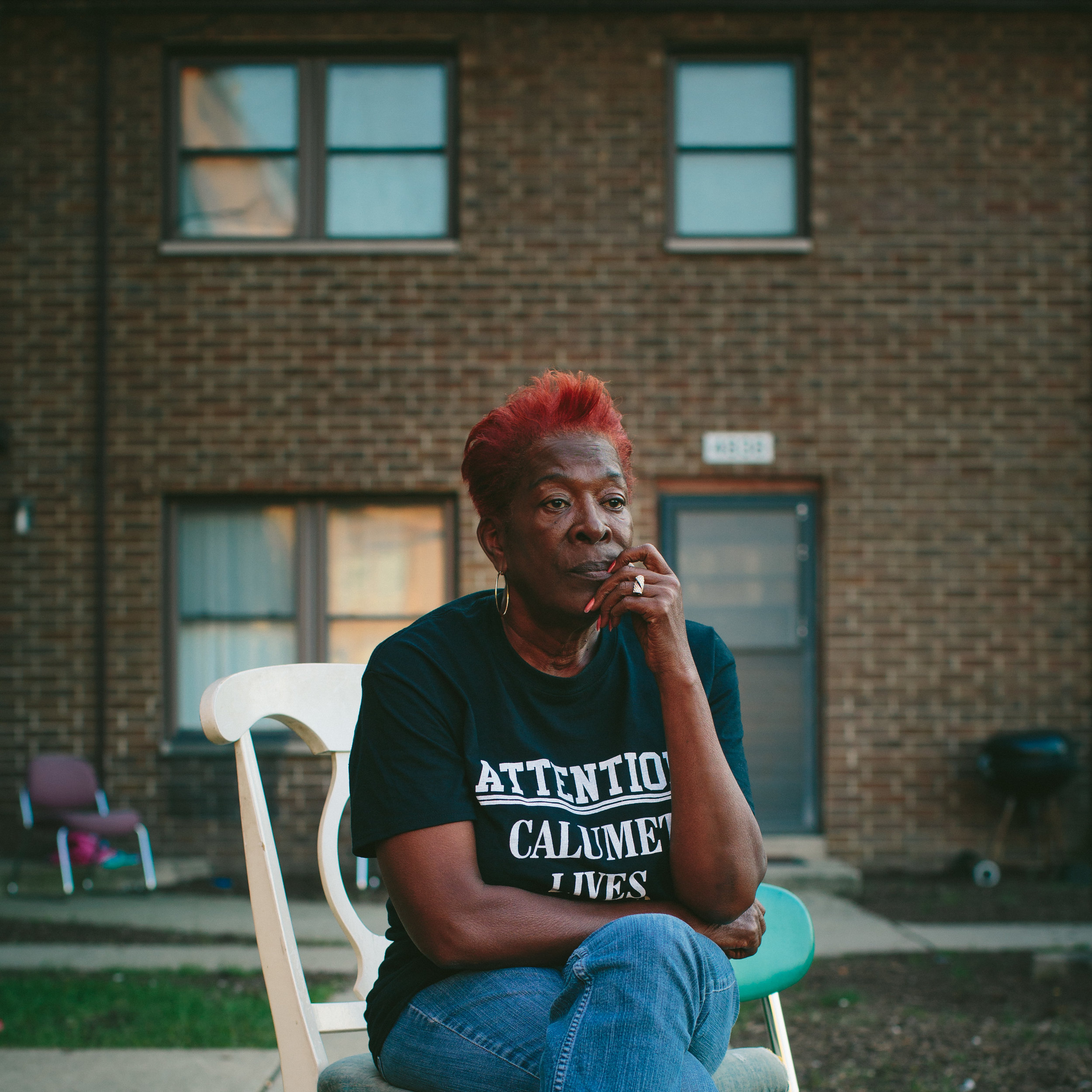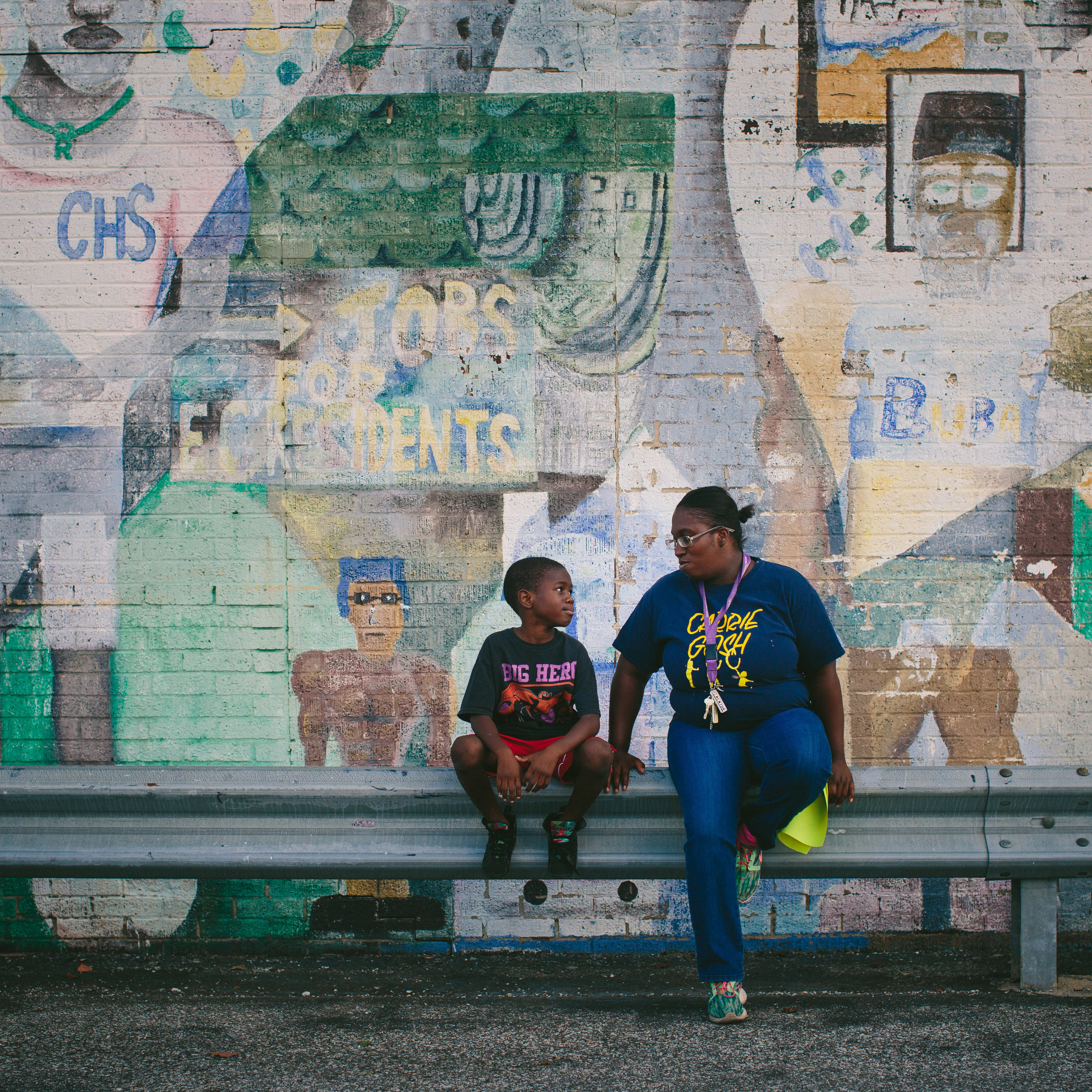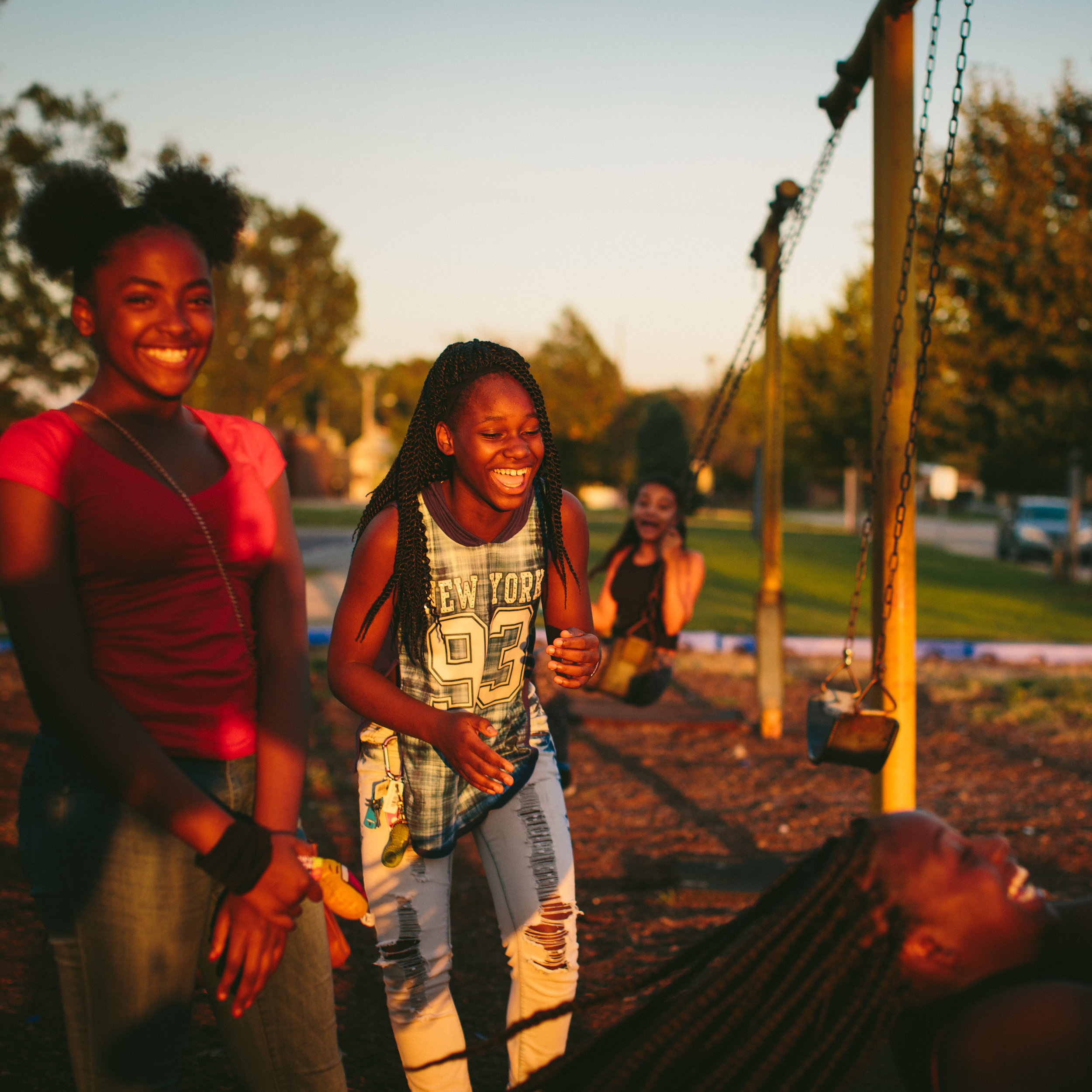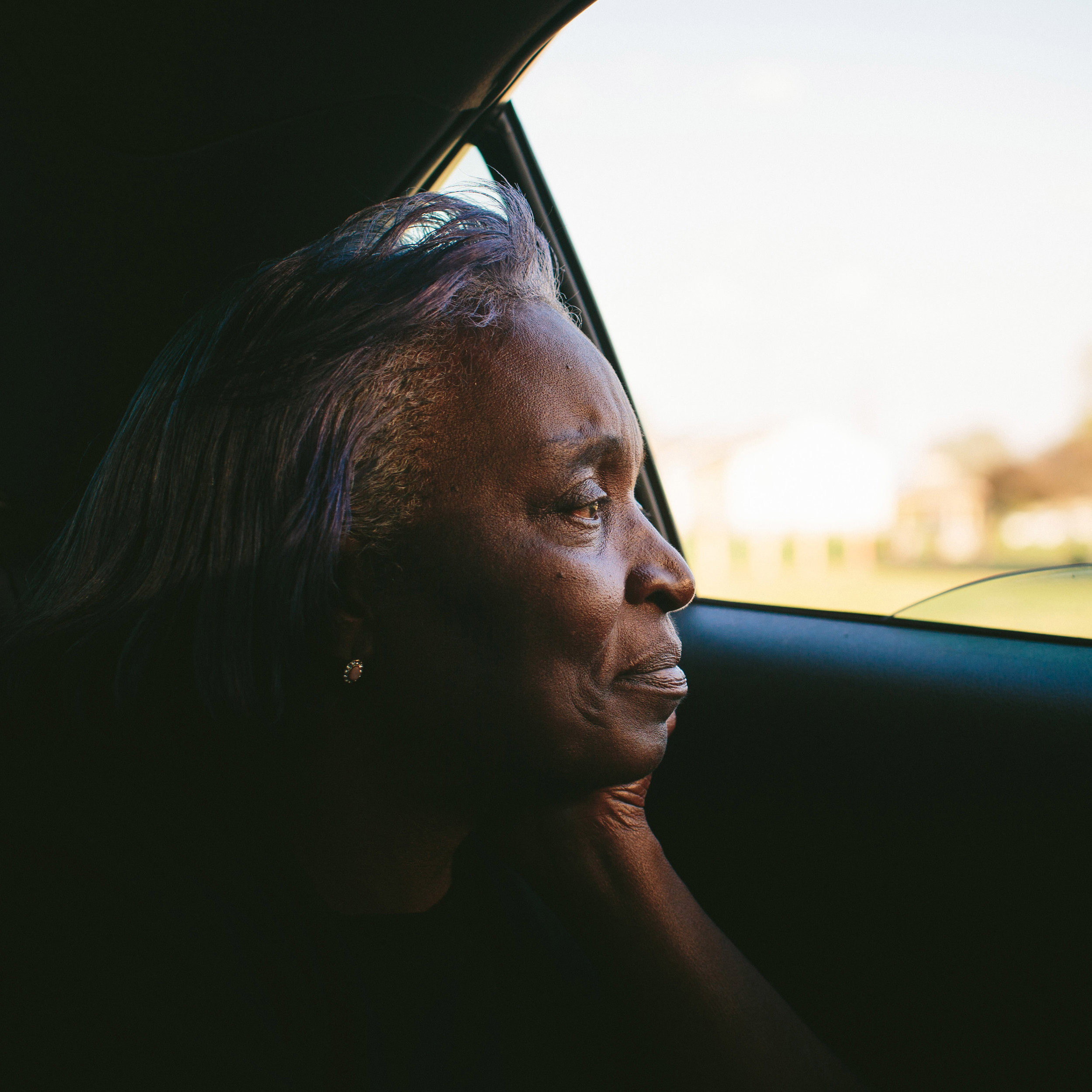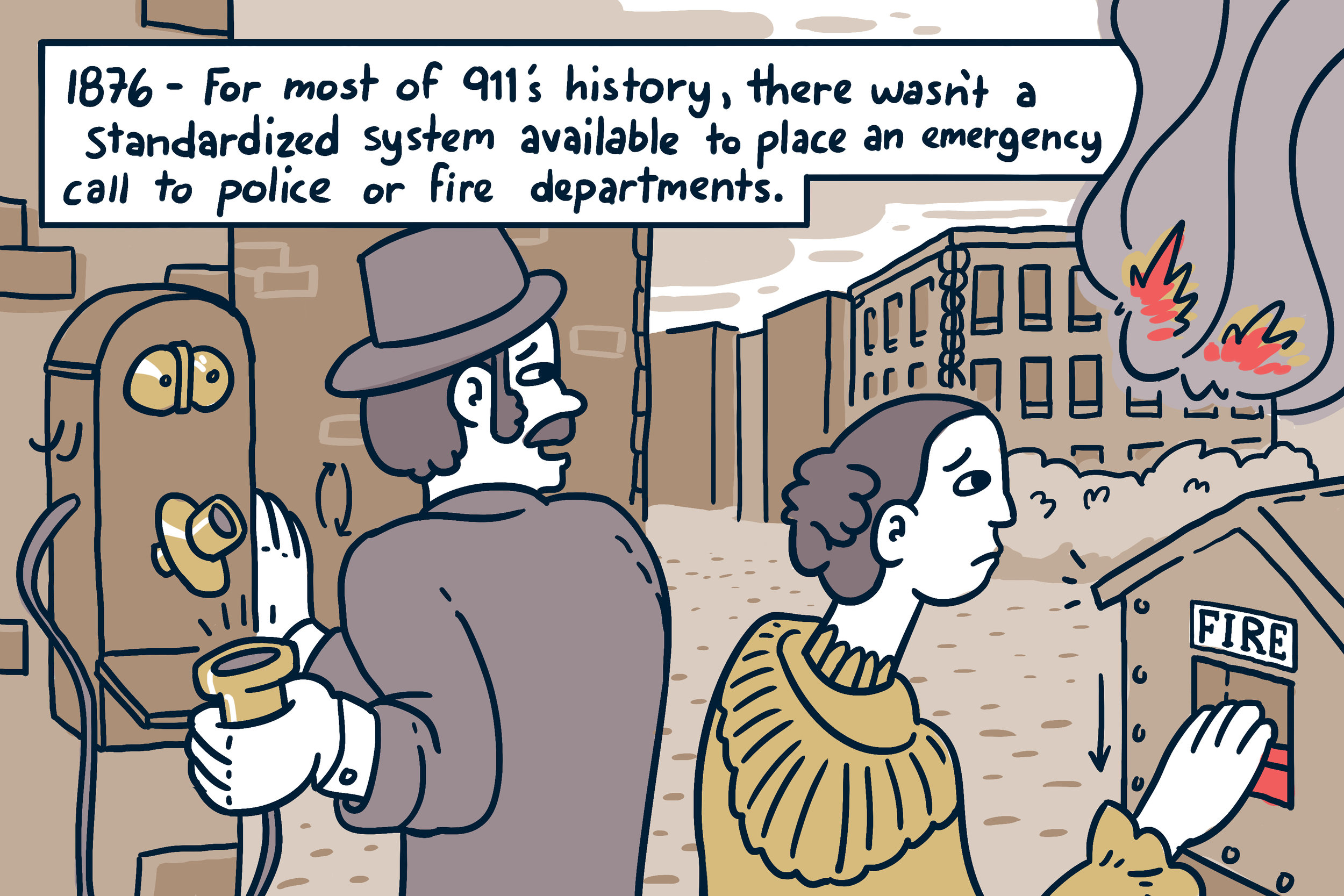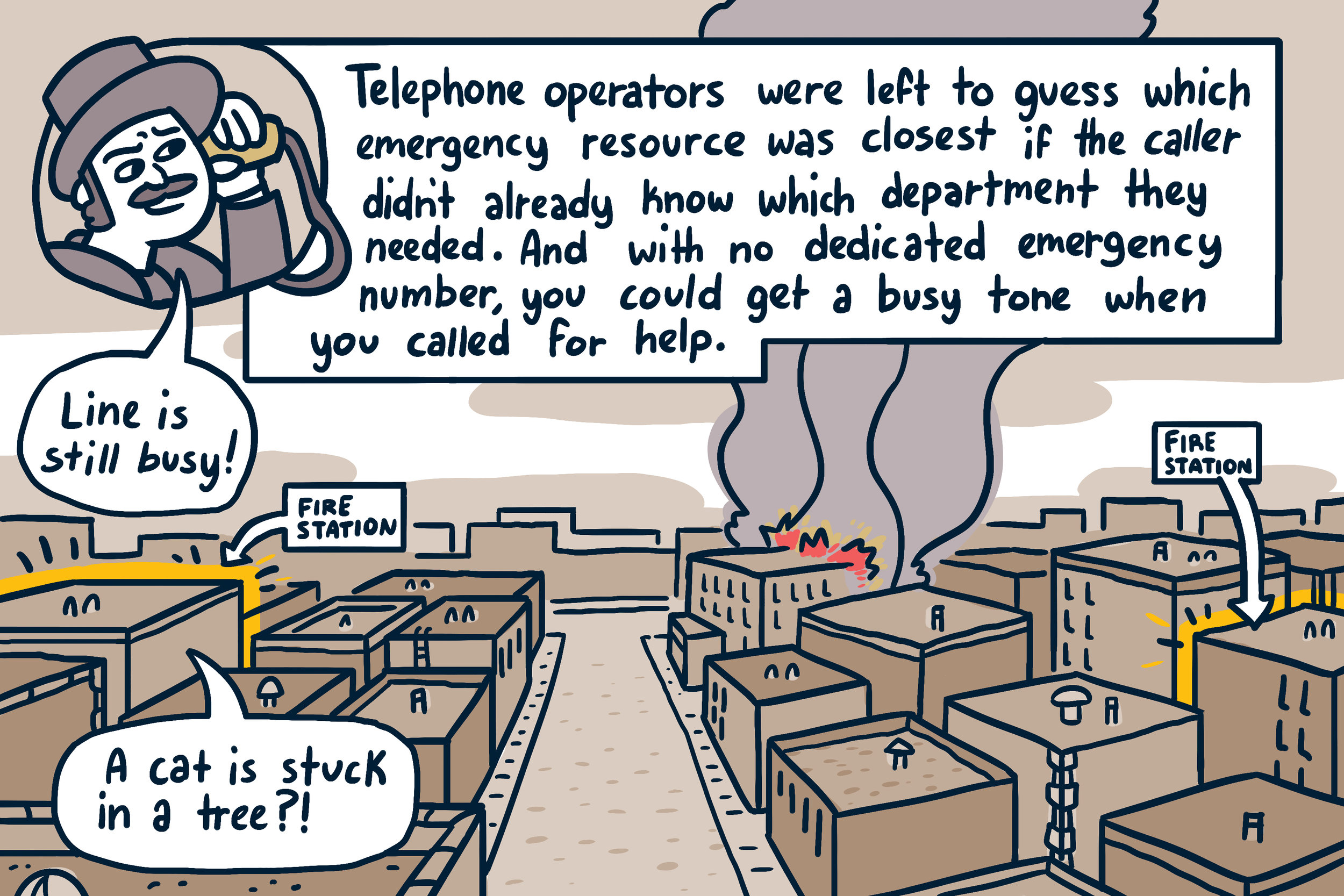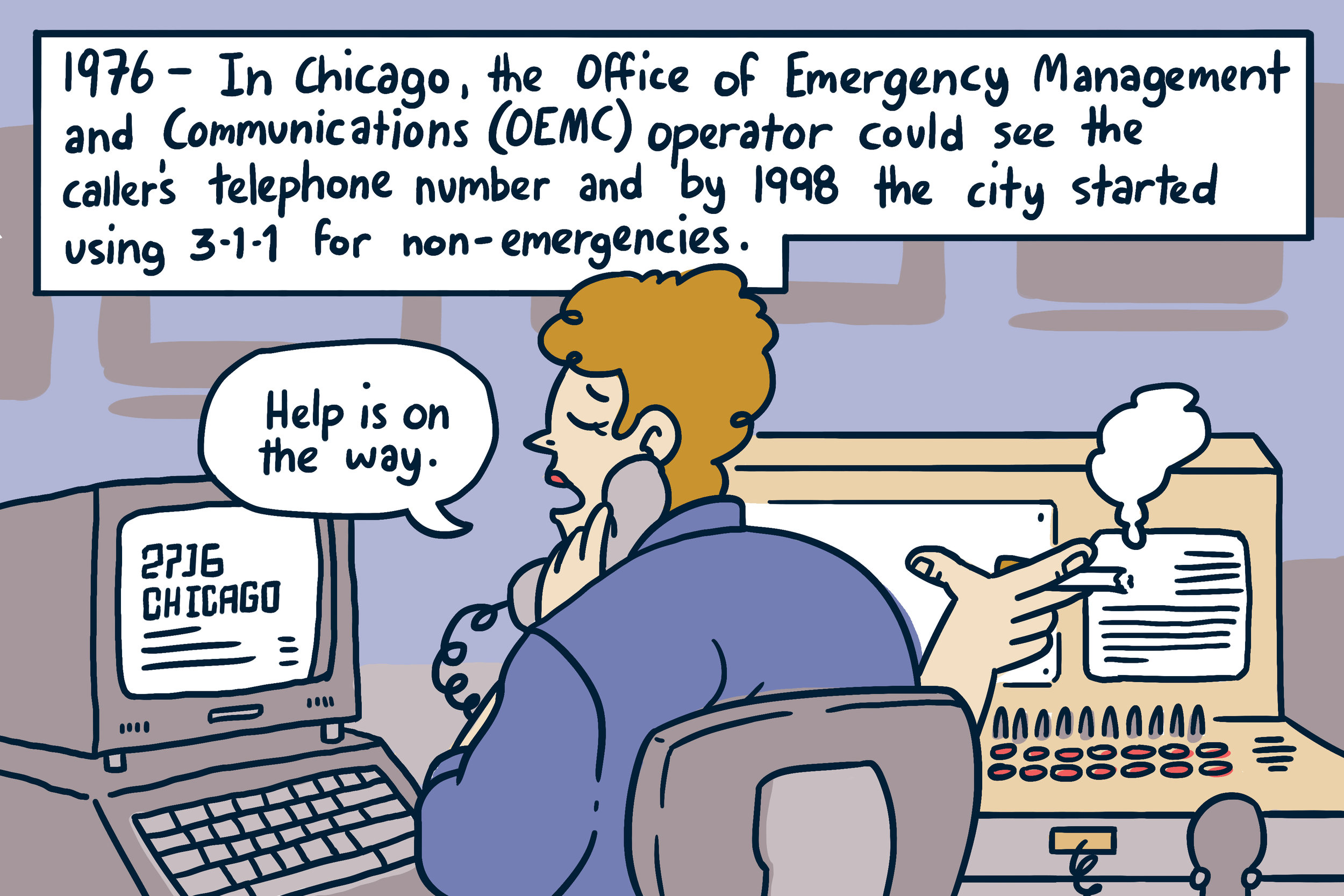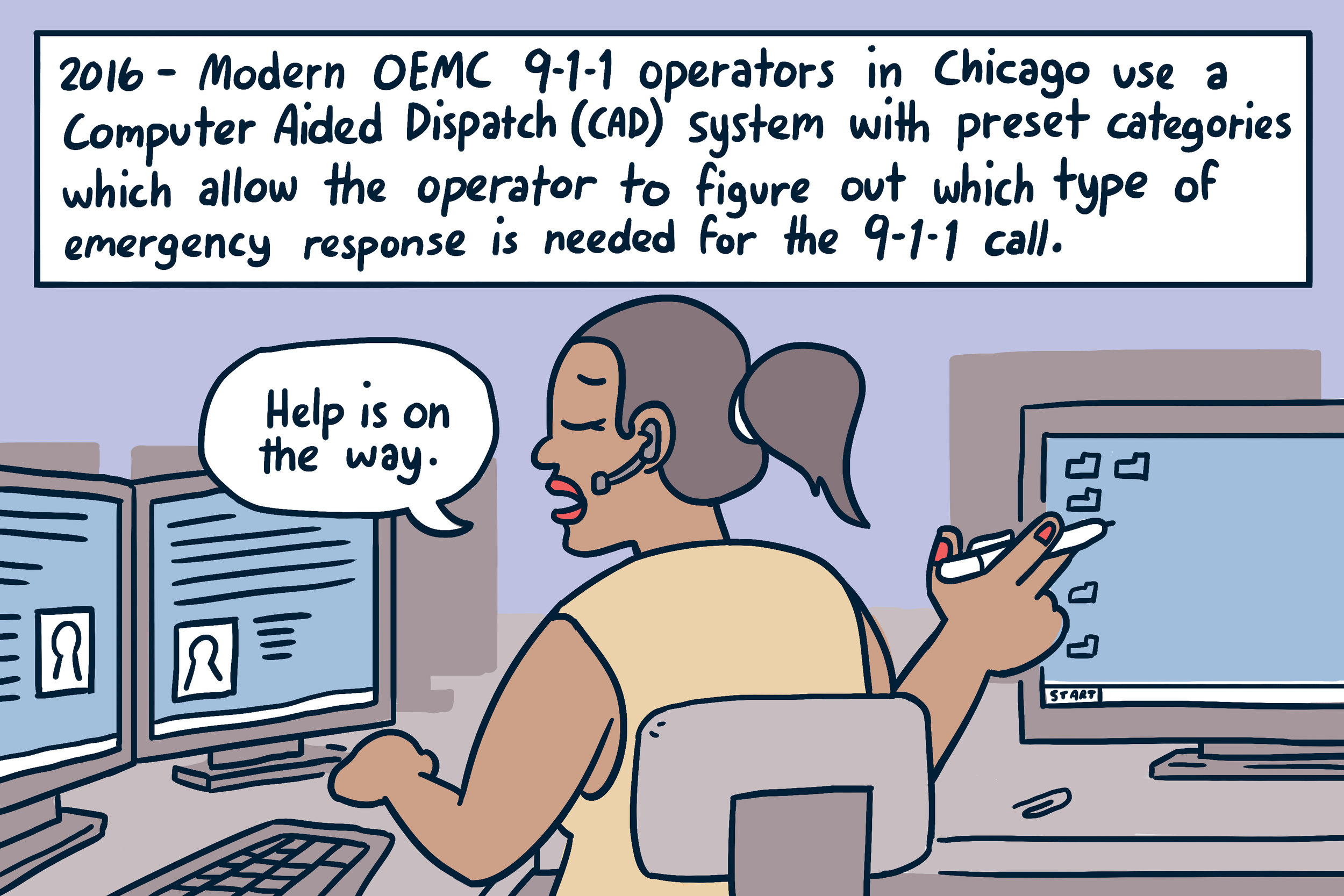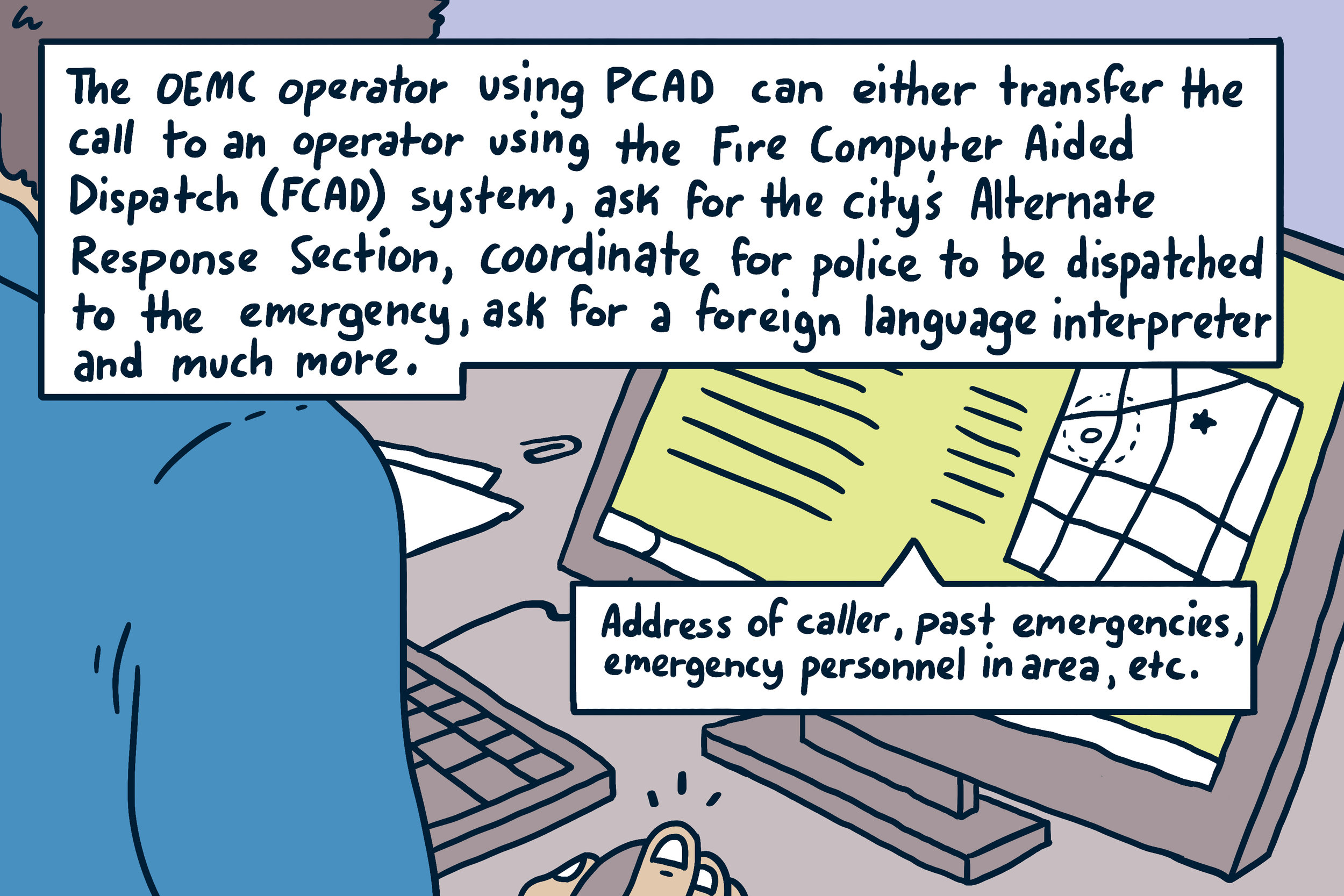Shop owners in Austin worry the proliferation of churches in their commercial districts is making it harder to do business.
BY MORGAN LEE
Lawrence LeBlanc has been doing business in Austin for more than a decade. The furniture store owner operates on North Avenue, a high-traffic commercial corridor. LeBlanc’s business sits several hundred feet from a bus stop. One neighbor is a corner store. There’s a copy and print store across the street.
But many of LeBlanc’s neighbors aren’t fellow businesses. His immediate neighbor to the right, his across-the-street-neighbor, and the new tenant of the old bank building on the corner: all churches.
“When you have [so many] storefronts being used for churches, people who are shopping will not come into that area because they know that it’s mostly churches, and churches only open on Sundays,” said LeBlanc.
The issue isn’t limited to foot traffic. Parking is also a sticking point, as are the liquor license restrictions on any business within 100 feet of a church. And since churches don’t pay property taxes, they don’t contribute to the local Tax Increment Financing district, which redistributes excess property tax revenue into community redevelopment funds, and which is supposed to be a tool for economic revitalization.
“On a Sunday it looks wonderful out here with all of the cars, suits, and ties,” said Malcolm Crawford, who co-founded the Austin African American Business Networking Association and owns a business on Chicago Avenue, about a mile south of LeBlanc’s store. “But then around 1 or 2 p.m., when everyone leaves, it all goes back to us trying to survive.”
Operating a business in Austin — a neighborhood that struggles with disinvestment and crime — is already a challenge, especially for those who rely on foot traffic. Crawford and LeBlanc both own businesses on commercial strips where storefront churches are prevalent. They say they’ve spoken to other business owners who share their concerns: city regulations and economic conditions often favor churches at the expense of stores.
“It’s not that we don’t get along,” said Crawford, who added that he knows many of the pastors on the block. “We are not frustrated with the church itself. Most of us go to church. We are frustrated with the structures.”
Among those structures are TIF districts and Special Service Areas, two main ways that the city incentivizes economic development, which are dependent on property tax. Even if churches are renting a property, in some cases they are able to apply for a property tax exemption on behalf of the landlord. And because they’re only used once or twice a week, landlords are more likely to rent to churches than store owners, Crawford said.
The commercial corridors on North and Chicago Avenues are part of the Austin TIF district; since 2007, the majority of funds ($2.3 million, or 60 percent) was invested in public improvements such as streetlight improvements, road resurfacing and alley construction. Business owners are keenly aware that storefront churches benefit from these upgrades without paying for them.
‘Soul City Corridor’
Crawford and other local business leaders are trying to create a “Soul City Corridor,” running on Chicago Avenue between Austin and Central. Crawford, who is board chair of Sankofa Cultural Arts and Business Center on that strip, said the Soul City project aims to showcase and attract African-American businesses and cultural establishments. Four new businesses in this vein — a travel agency, a sit-down restaurant, a bistro, and a sweets shop — have opened within the past two years. But at least a quarter of the establishments — the majority in the center of the strip — are churches. (Last December, the city announced an SSA just outside of the Soul City Corridor, starting east of Central Avenue on Chicago Avenue; in an SSA, property owners must agree to an additional property tax, which is then used to beautify and promote a business district.)
Still, churches don’t merely exist for financial or economic purposes, said Frances Kostarelos, author of Feeling the Spirit: Faith and Hope in an Evangelical Black Storefront Church.
“They’re a source of vitality and educational and cultural significance,” said Kostarelos, an anthropologist who has studied storefront churches on Chicago’s West Side. “These are really important institutions that needs to be understood by anyone who wants to be a neighbor.”
Layla Bitoy’s store, Bitoy's Sweet Treats, is pictured on part of the "Soul City Corridor" on Chicago Ave. on Monday morning, Feb. 13, 2017. (Photo by Michelle Kanaar | City Bureau)
Part of being a good neighbor, said pastor Robert Stevenson, is engaging with local residents and providing services to the community. Rock of Our Salvation Church, about a 10-minute walk from Sankofa Cultural Center, has worked with Circle Urban Ministries for more than 30 years to offer a law clinic, after-school programs, a medical clinic and food pantry.
“The founders wanted [our church] to be salt and light to the world. They had a biblical principle of understanding social justice and racial reconciliation,” said Stevenson, who grew up on the South Side but now lives in Austin.
But he recognizes that neighboring churches do not provide the same type of services. He added, “Community churches are not being intentional and engaging [with the neighborhood]. That’s why you see those doors closed throughout the week.”
Though pastors along the commercial strips of Chicago and North Avenues said they organized at least one clothing drive or food drive in the past year, none had regular weekday daytime programming bringing people inside, according to interviews with pastors, posters and handouts.
Attracting Loiterers
And LeBlanc, the furniture store owner, says that the empty churches become magnets for loiterers: “All week long these places are closed. It creates a safe haven for people to hang out and do their dirty deeds,” LeBlanc said.
Rev. Kenneth Giles of Second Mount Olive M.B. Church situated on part of the "Soul City Corridor" on Chicago Ave., leads service on Sunday morning, Feb. 12, 2017. (Photo by Michelle Kanaar | City Bureau)
Stevenson thinks it’s due to a lack of resources, not desire, that keeps other pastors from launching additional programming. He noted that most of his congregants hail from the neighborhood, which is not the case for many other churches in Austin.
It’s a common phenomenon in northern cities after the Great Migration, according to research by University of Chicago sociology professor Omar M. McRoberts. Churches sprang up that appealed to people with “distinct origins and affinity groups — whether working-class Baptists from North Carolina or middle-class Methodists from Virginia,” he said in an interview for his book Streets of Glory: Church and Community in a Black Urban Neighborhood.
“If a church distinguishes itself demographically and culturally, people will commute from other parts of the city, and even from outside the city, to attend it if that’s where they feel at home,” said McRoberts.
That could explain why some Austin churches have active, insular congregations but minimal community outreach. Some say they wish they could provide more programming, but say they lack the funding and staff.
“Over the summer I would love to have classes for the kids when they are out of school,” said Pastor Kenneth Giles, who leads Mt. Olive M.B. Church, which has been in the neighborhood for more than 30 years. But Giles is a full-time social worker whose shifts change on a weekly basis. Despite his church’s expansive facility — the building includes five classrooms, two auditoriums, a basement equipped for computer courses, and a newly renovated banquet hall — it cannot afford to hire someone to run the programs, Giles said.
If churches aren’t able to host programming during the week, business leaders have other requests that they say could help encourage commerce and, ultimately, bring economic change to the neighborhood. For instance, they could ask congregants to respect loading zones on Sundays and make their own parking lots available to the public during the week.
Layla Bitoy’s is pictured outside her store, Bitoy’s Sweet Treats, located on the ÒSoul City CorridorÓ on Chicago Ave., Tuesday, Feb. 14, 2017. (Photo by Michelle Kanaar | City Bureau)
Layla Bitoy, who owns Bitoy’s Sweet Treats and Bitoy’s Bistro, and Harold Blake, the owner of Avanti Elegant Boutique, all on Chicago Avenue, say parking is their businesses’ biggest challenge. Currently, there are no meters or hourly parking restrictions on the block. Bitoy is one of several small-business owners who said they asked the city to add parking restrictions to discourage people from parking all day in front of their storefronts, which limits the number of shoppers and makes it difficult to receive deliveries.
Crawford and other Soul City Corridor members are working with the city in order to launch a jazz club, as well as attract other restaurants and bars to Chicago Avenue. Illinois statutes require that establishments selling alcohol be at least 100 feet away from churches and day care centers; in order to circumvent the statute, they must either get the approval of a majority of registered voters in a 500-foot radius of the business or persuade the alderman to lift the restriction.
Many of these issues are in the purview of the alderman, whose office can influence whether churches get “special use” approval to open in a commercial zone. Chris Taliaferro, the alderman whose ward includes the Soul City Corridor, said he’s aware of the concerns of business owners but hesitates to call the “frustrations.”
‘”I think there’s concern about being able to economically develop these areas along the commercial corridors with the present number of churches that exist,” he said. “We have to find out how both can exist and flourish while still being in the same area. . . . We have to come up with creative measures to make sure that both can exist without one suffering.”
Communication Barrier
A major barrier appears to be communication. Though business owners say they have talked among each other about their concerns about churches, even those who are friendly with pastors are loath to bring the issues directly to congregants.
Crawford said his critiques of churches in the past year have caused some community members to accuse him of hating the church. “That just tore me,” said Crawford, adding that the problem is not the church but rather the economic conditions in which they live. “I love everything about Christianity. It’s just that the very thing that is supposed to save us is killing us.” One other business owner who was interviewed for this article asked his name and quotes be removed, for fear that he would lose customers over it. And Taliaferro warned that airing the business owners’ concerns could create a division in the community.
What the community really needs, according to Andrew Born of Austin Coming Together, is someone who can give businesses and churches “the opportunity to come together to determine what works best in their specific target area, and . . . make rules that are mutually beneficial.”
“These two parties should not be opposed, but the way the system and structure is set up they are,” said Born, director of programs and development at the community organization. “Both churches and small businesses have an important role in the community and in revitalizing the community. Austin needs a place where people can find jobs but people also have space to worship and build community and support systems.”
Crawford agrees. He said he is working with local political and business leaders to encourage more churches to meet in public schools and community centers, such as Sankofa, rather than renting storefronts, which can be more economical for them.
Crawford said he is looking for creative ways to break out of the structures that once posed challenges to his fellow business owners, while also working with the churches.
“We’re just looking for the right to coexist,” said Crawford. “We have tons of problems right now. The last thing we need is the churches against the businesses.”
This report was produced in collaboration with the Chicago Defender.
















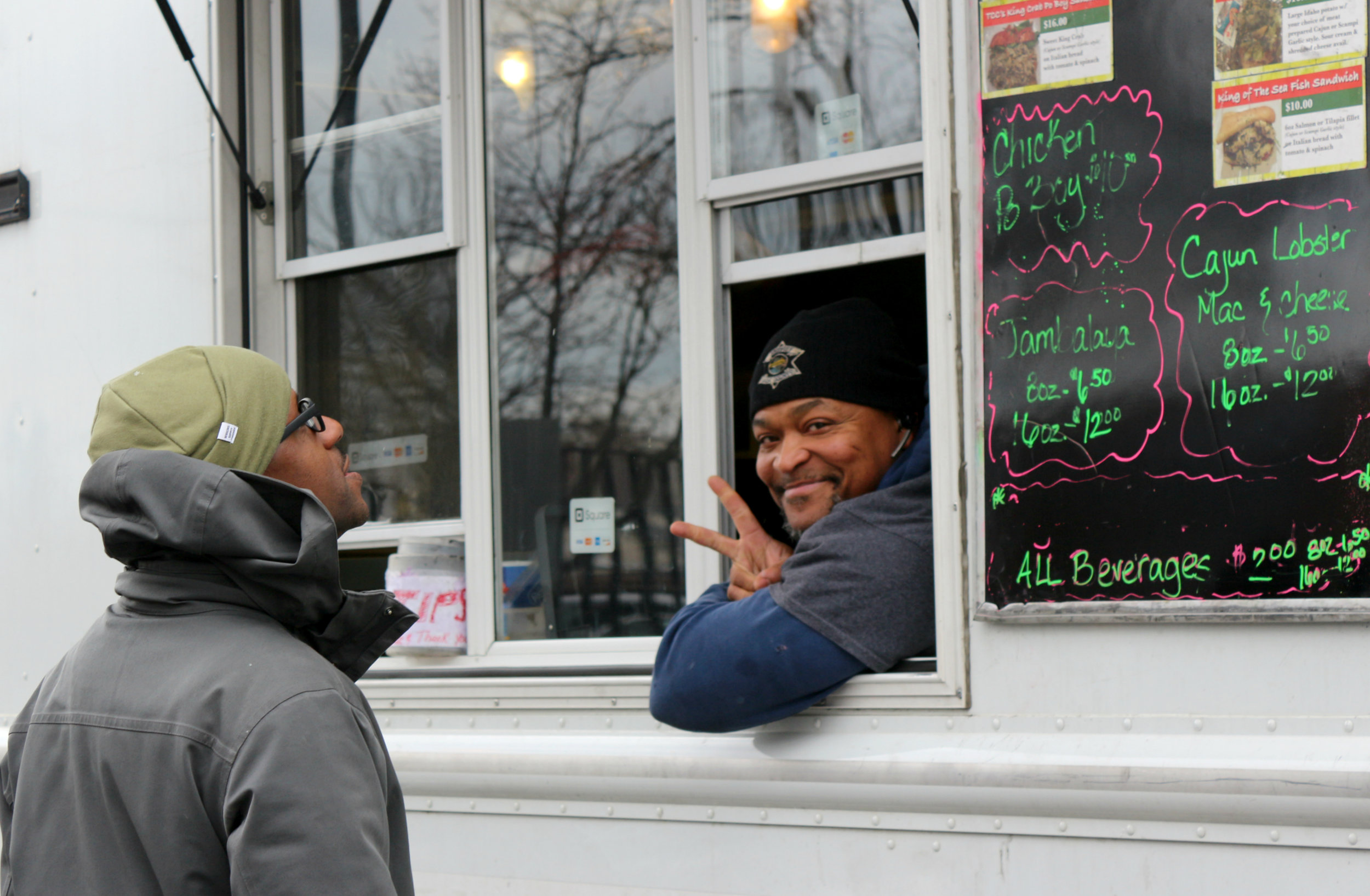
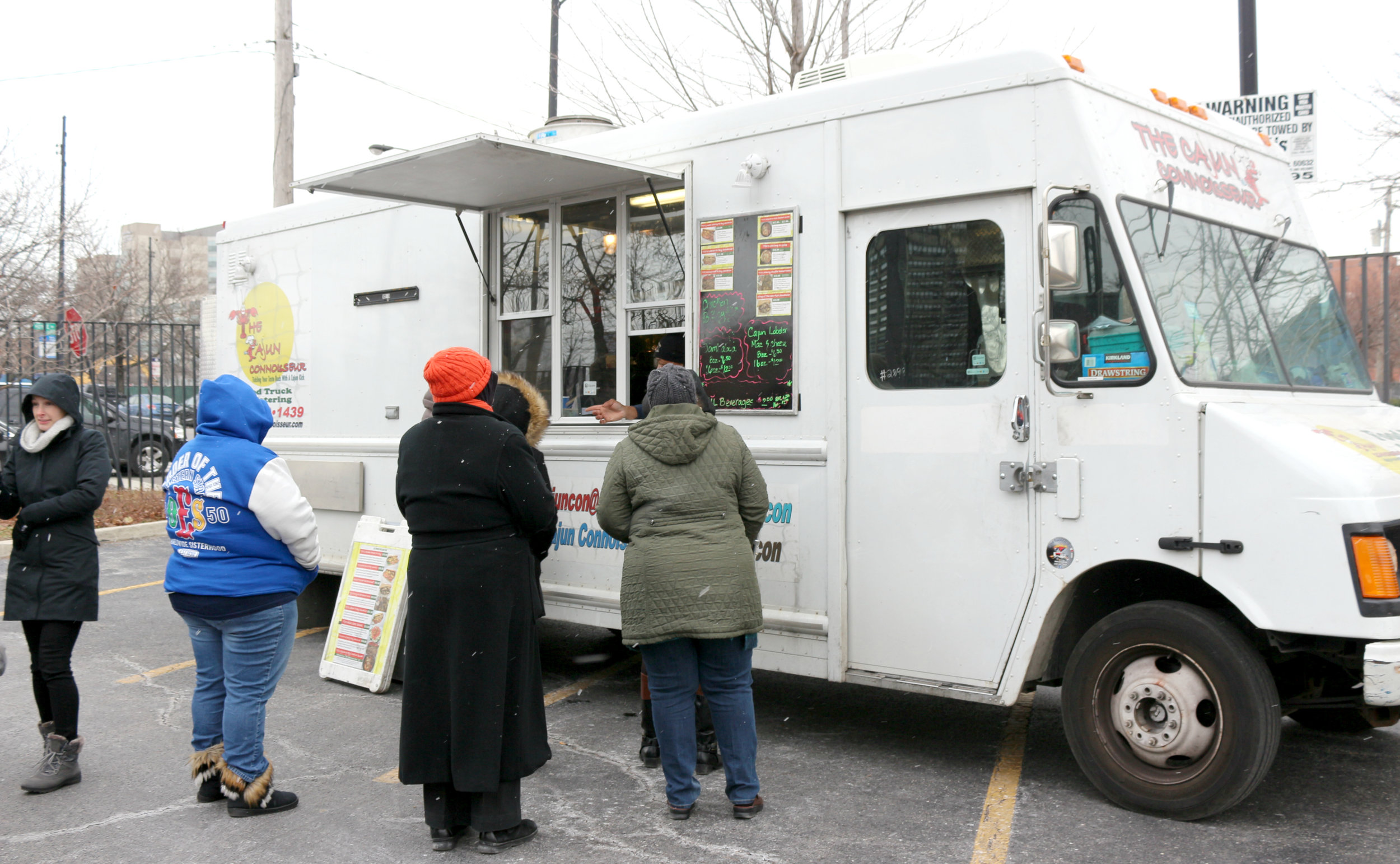
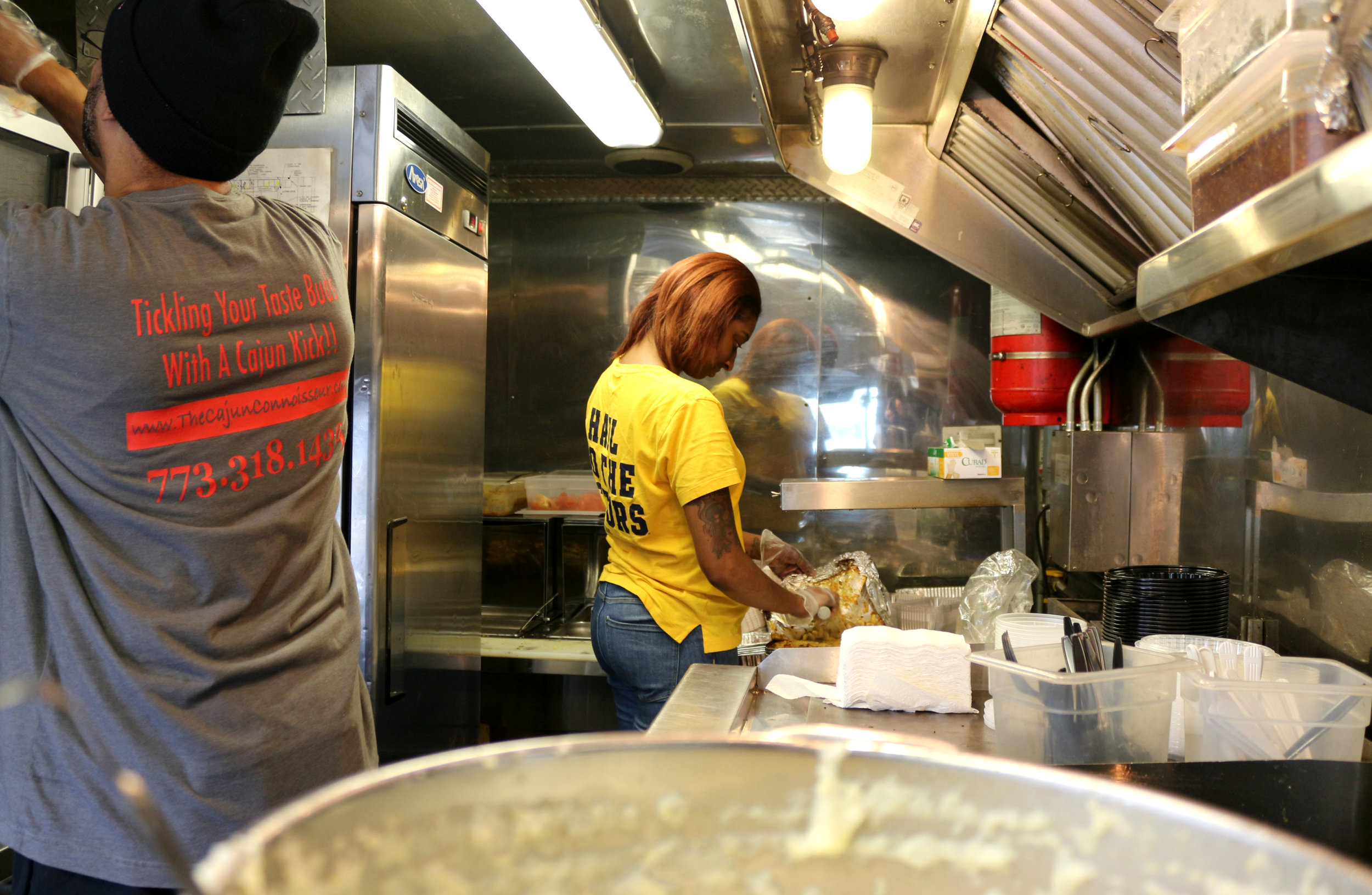
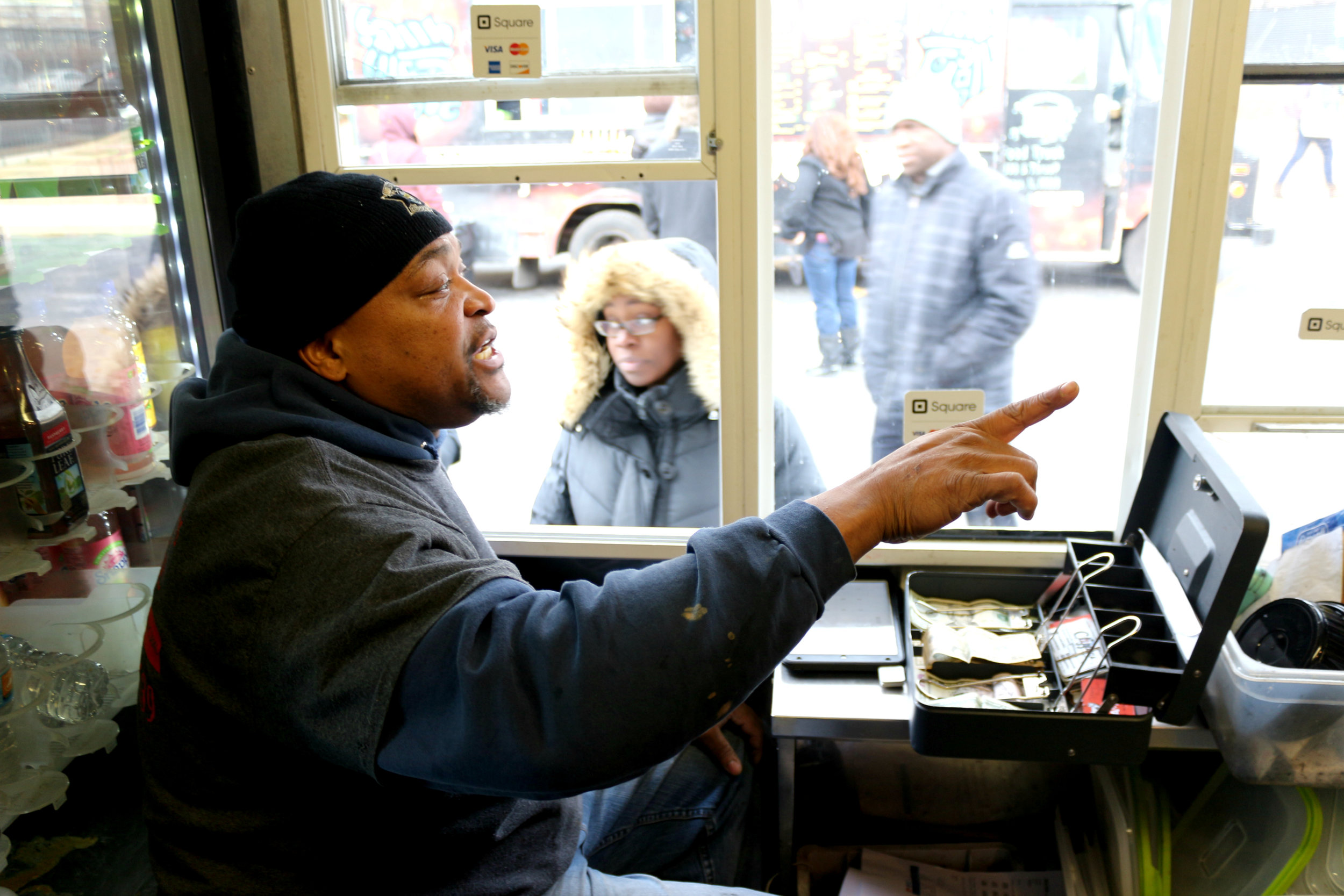
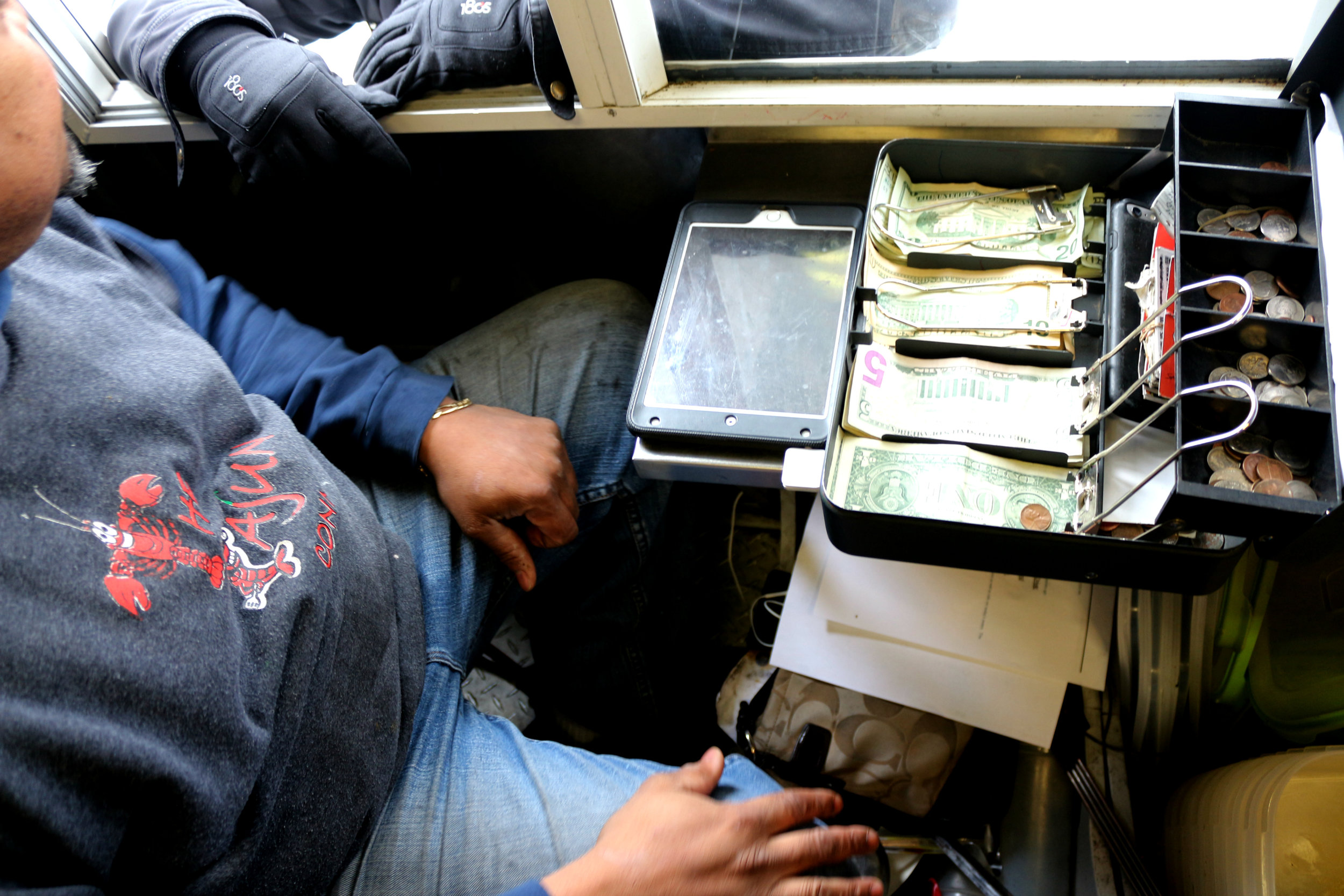
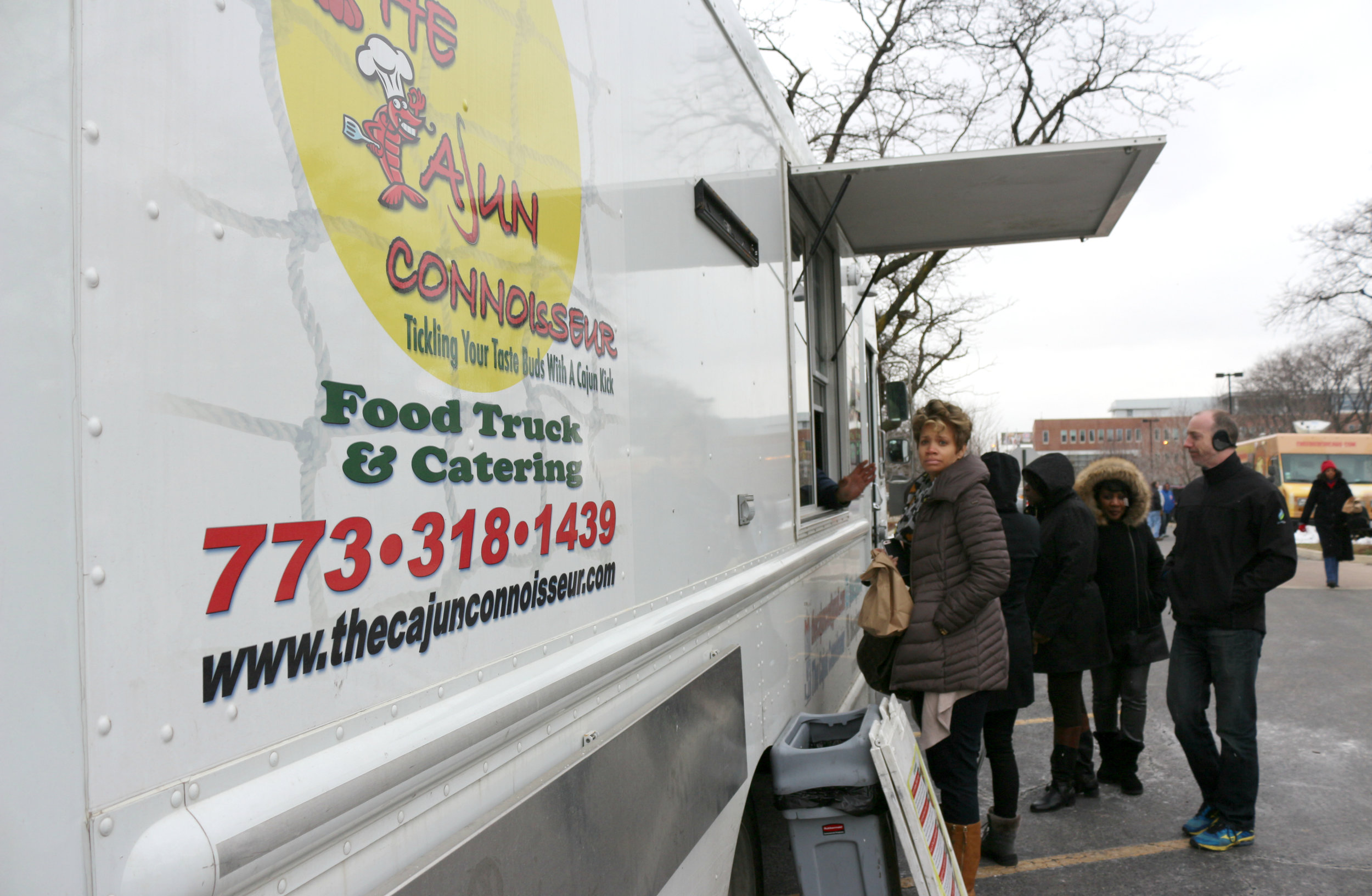

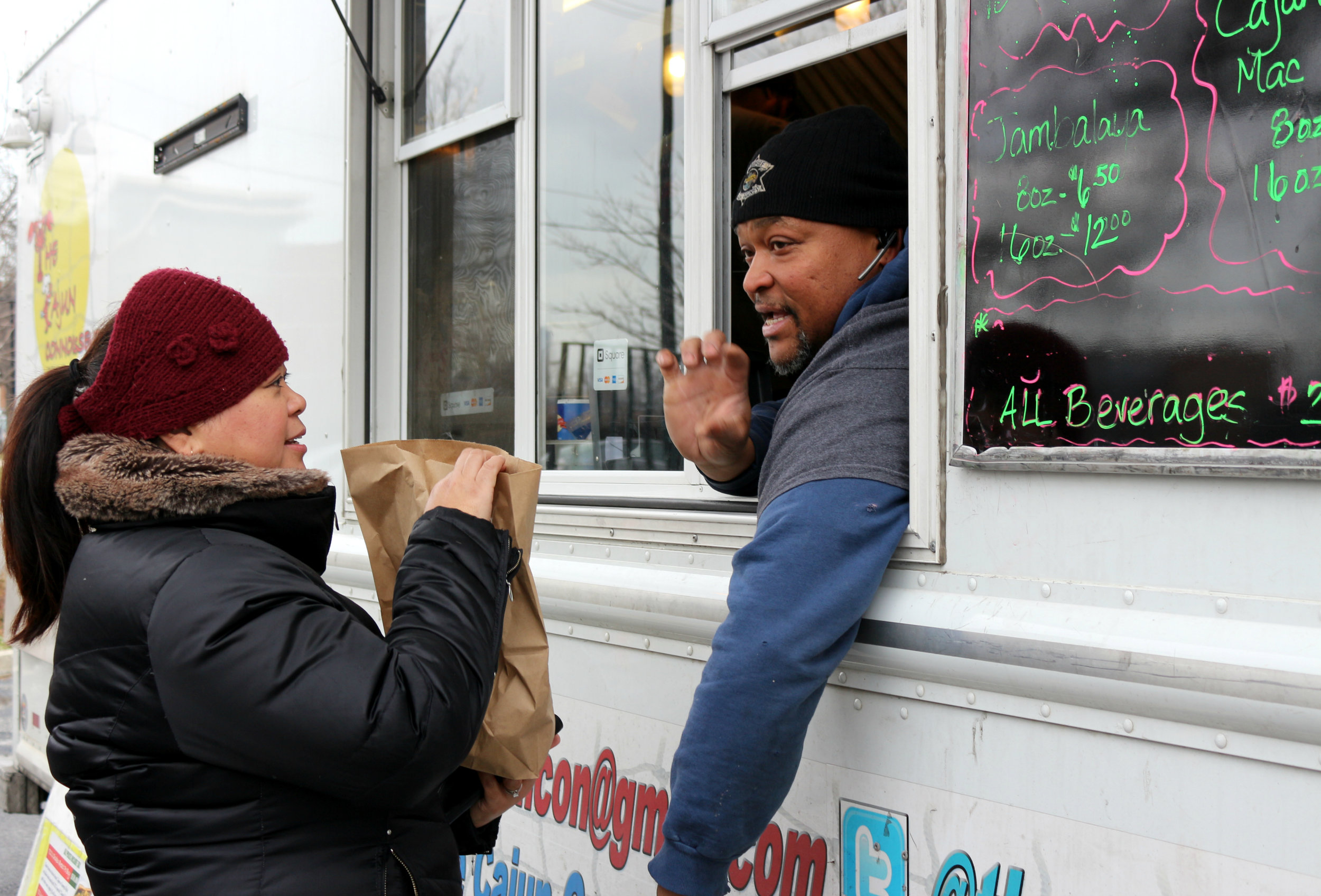
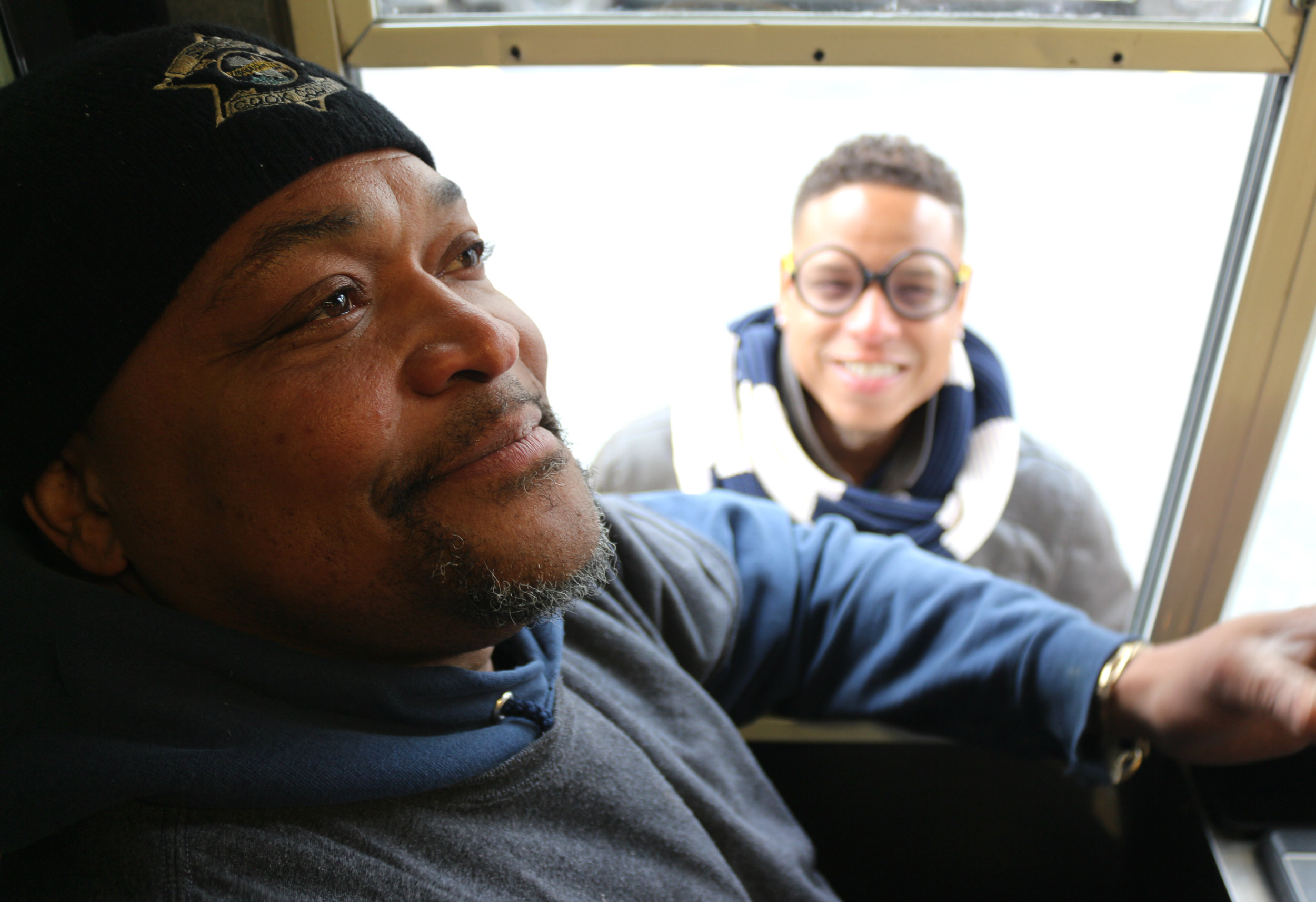
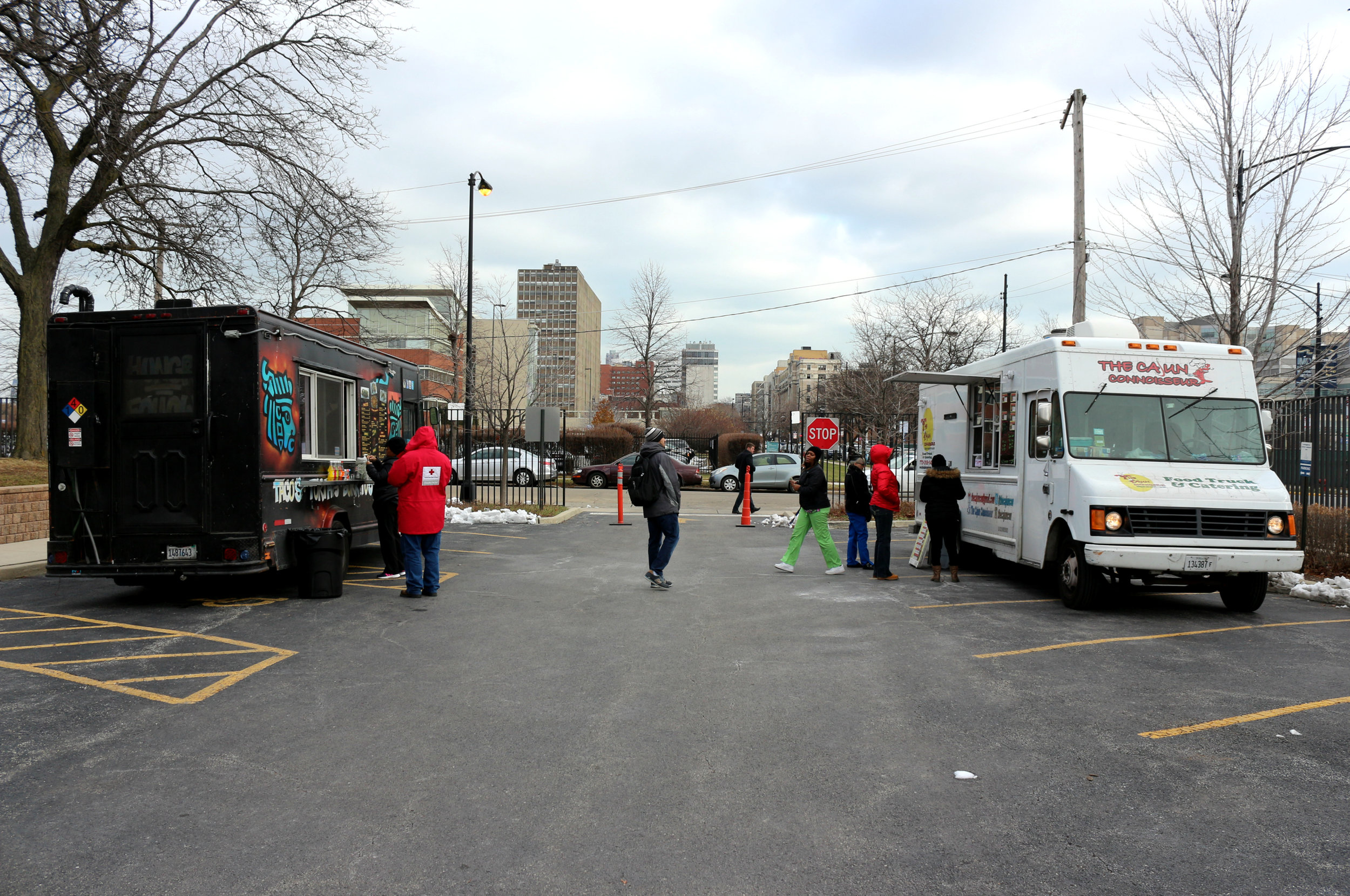
![The Fight for East Chicago [PHOTO ESSAY]](https://images.squarespace-cdn.com/content/v1/56cfdde2c2ea51668ffa109d/1484255268085-D8HA0ZJ481OAFHHNKZ41/01-WestCalumet-9510.JPG)
